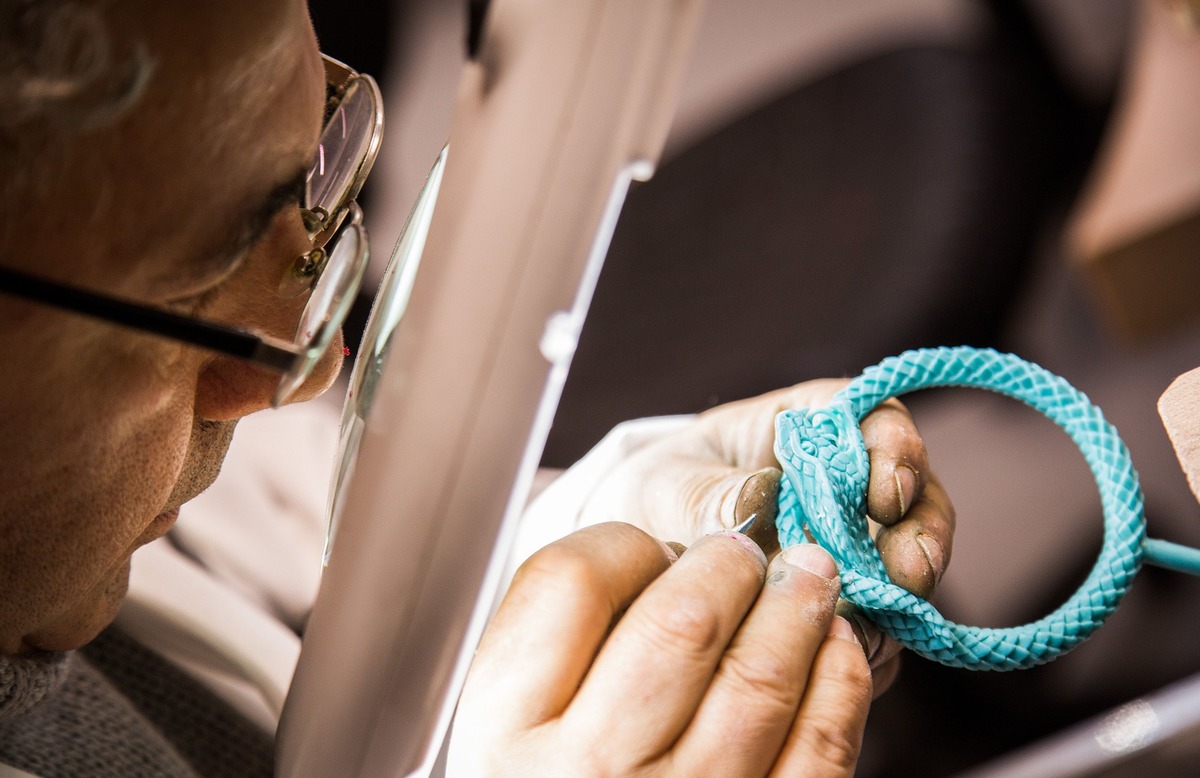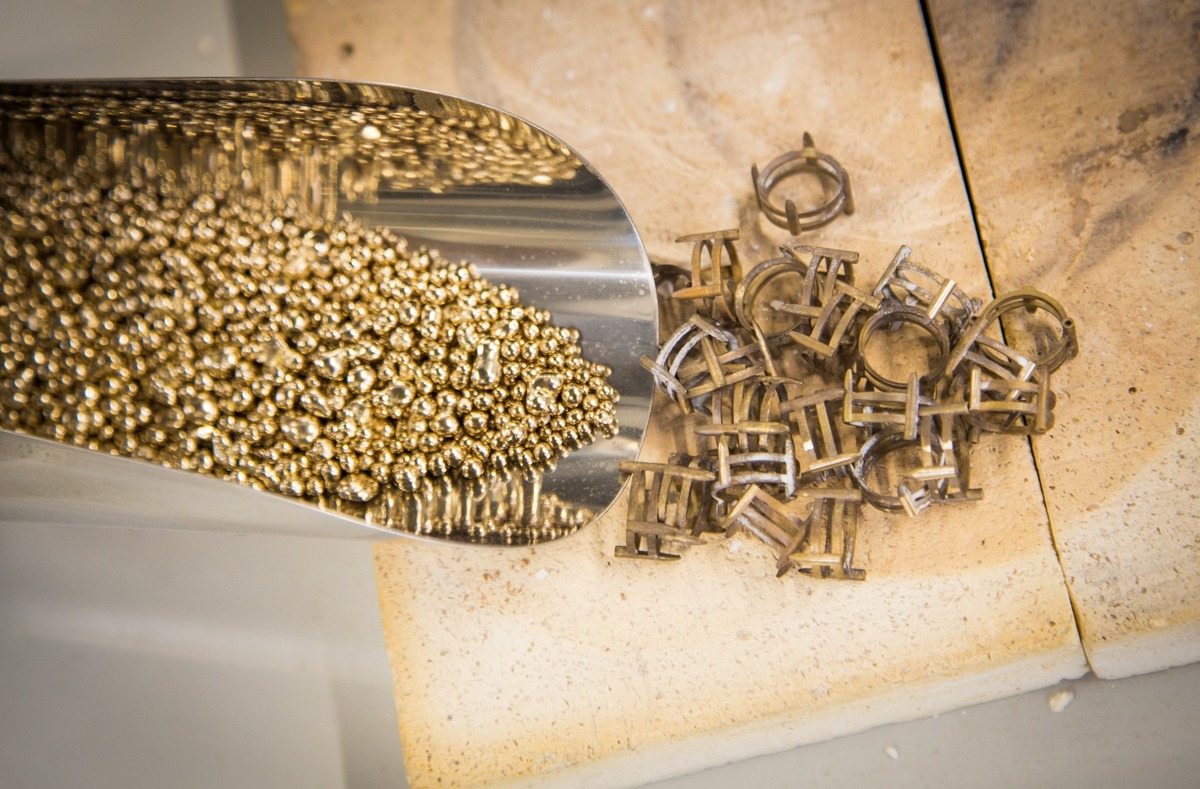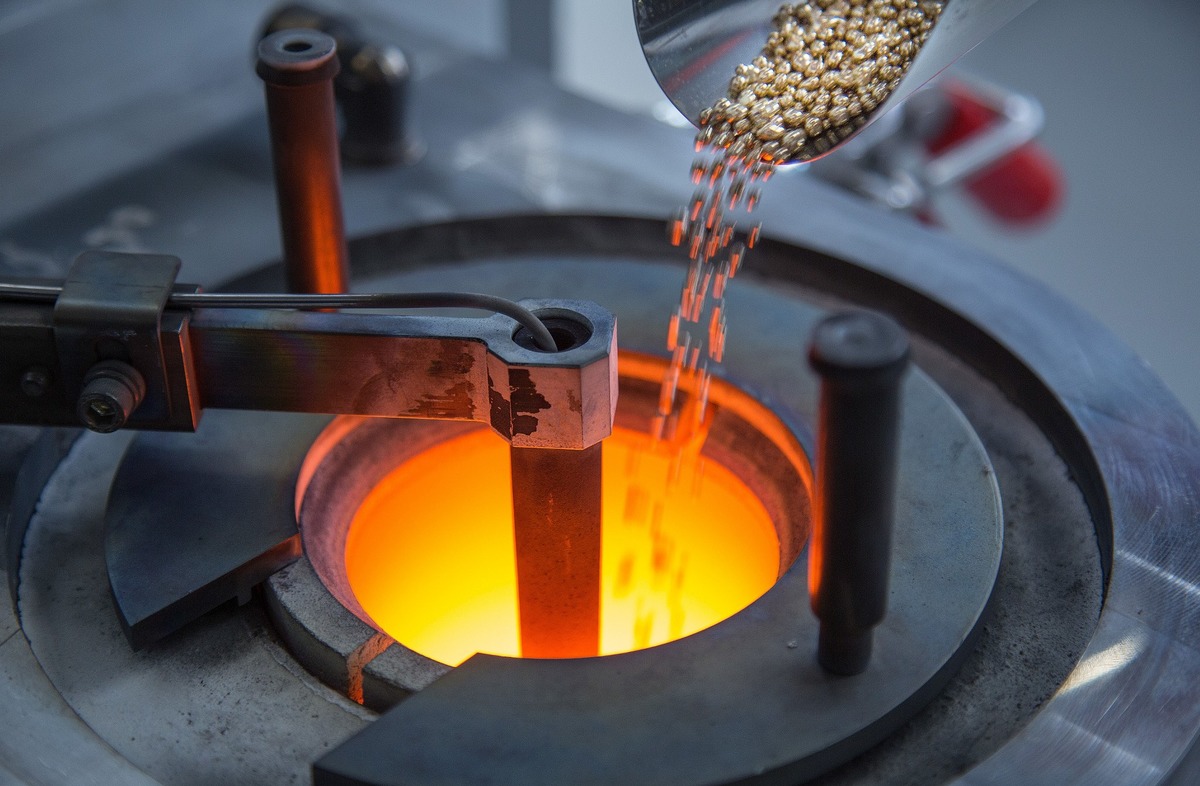OBI MAG
15
Nov 2017News
From Greeks to Benvenuto Cellini… lost wax casting
In January 2017 OBI integrates old technology with modern technology, inaugurating the new lost wax casting department.

In January 2017 OBI integrates old technology with modern technology, inaugurating the new lost wax casting department.
The lost wax technique, for the fusion of large bronze statues, was known since ancient times. Among the best preserved examples made with this technique, there are Bronzi di Riace, classical era. The technique was disused during the Middle Ages, remaining alive only in the Byzantine Empire.

With the Renaissance, in the context of the recovery of all aspects of classical civilization, the technique is resumed that much to be described by Benvenuto Cellini it in his "Trattato della Scultura”. In a modern key, it can transform a waxed object into a metal one. The process is very good, both for the production of objects in series and for the making of unique artistic pieces.

The purpose for which a rubber matrix is made out by a wax matrix is to be able to obtain several wax samples of the same object with which to build a small tree called the "bunch" that will serve to produce the chalk mould for casting. The most widely used alloys are gold, silver and bronze. Gold and silver in goldsmithing are not used in the pure state, as they are too tender, ductile and malleable:

This is why they are used in alloy with copper, silver or other metals that, in addition to making the alloy stronger and more resistant, define colour variations such as white, yellow, green, rose etc. Precious metals and their alloys must have, in addition to the title, the identification mark ... the OBI’s is FI 1860.
MELTING… AND… CASTING
The metal is cast into the form, and once solidified it is released from the chalk mould covering it and the desired object is obtained...
